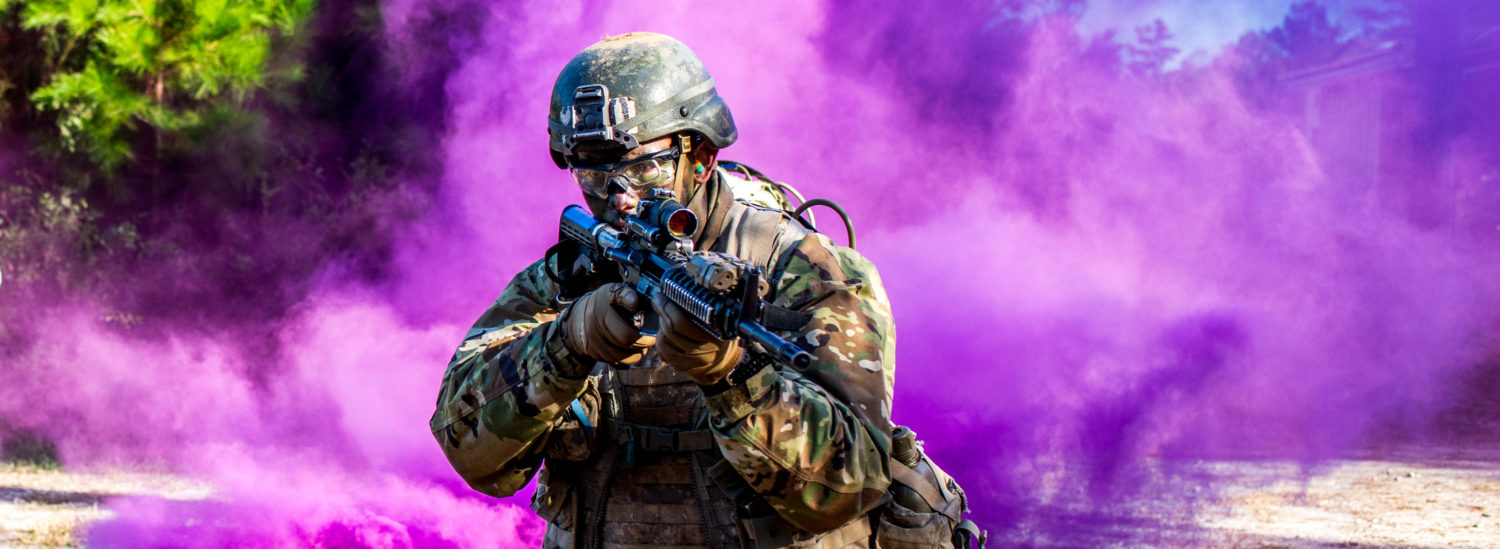The Forward Support Companies (FSC) provide direct logistic support to each maneuver battalion in a Brigade Combat Team (BCT). The FSC Commander is responsible for assisting the battalion S4 and, executing logistics support according to both the BSB and supported maneuver commander’s guidance, and serving as the link between organizations (FM 3-96, 9-7). To accomplish these tasks, the FSC echelons assets across the battlefield throughout the company trains, combat trains, and field trains. Synchronizing these elements requires unfettered communication between the key nodes at each echelon including the supported battalion Tactical Operations Center (TOC), Combat Trains Command Post (CTCP), and Field Trains Command Post (FTCP). Manning and equipping the CTCP and FTCP is an implied task for the FSC but, it should be well defined. A symptom of BCTs tendency to perform collective training at the battalion level and of FSC culture which prides itself on not requiring support from the BSB is that Forward Support Companies struggle to provide adequate support during large scale combat operations (LSCO).

Crew members and mechanics from Golf Forward Support Company, 101st Brigade Support Battalion, 1st Armored Brigade Combat Team, 1st Infantry Division, reinstall an engine during National Training Center Rotation 16-08 in August 2016. (Photo Credit: Capt. Jonathan Camire)








